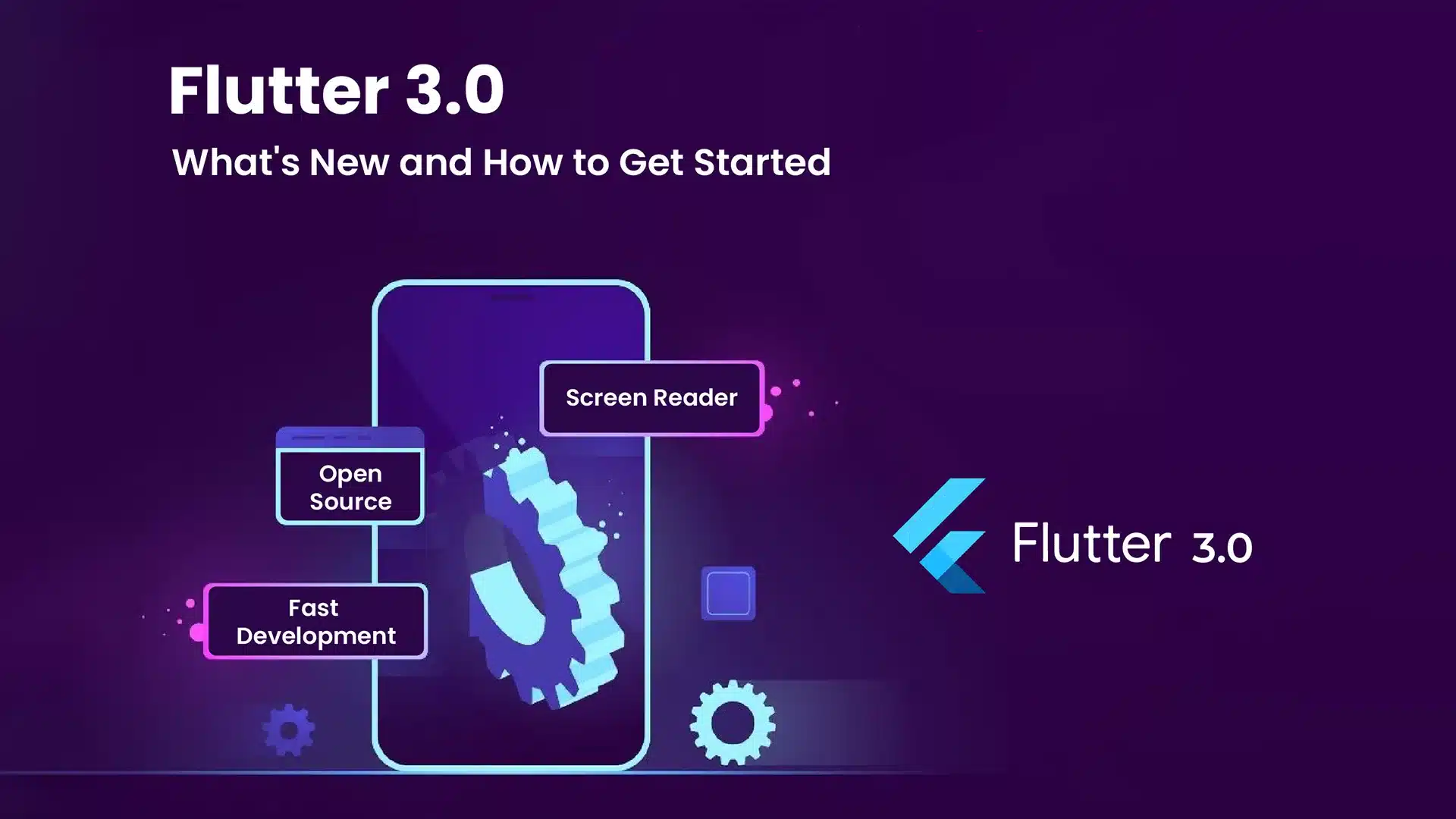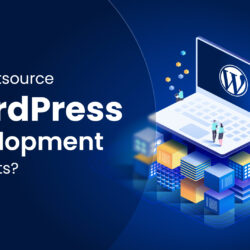Flutter 3.0: What’s New and How to Get Started

29 June
Flutter 3.0 was released on December 14, 2022, and it is a major release that includes a wide range of new features and improvements. Some of the highlights include:
- Material Design 3 support: Flutter 3.0 now includes support for Material Design 3, the latest version of Google’s design language. This includes new widgets, colours, and typography.
- Web app Lifecycle API: The new Web app Lifecycle API gives developers more control over the bootstrap process of their Flutter web apps. This can be useful for things like loading background resources or handling navigation.
- Raster cache: The raster cache has been improved in Flutter 3.0, which can lead to faster loading times for images.
- FFI plugins: FFI plugins allow Flutter developers to call native code from their Flutter apps. This can be useful for things like accessing hardware APIs or integrating with existing codebases.
Other improvements: Flutter 3.0 also includes a number of other improvements, such as better performance, new tooling, and more.
Material Design 3 Support
Material Design 3 is the latest version of Google’s design language, and it brings a number of new changes to the way that Flutter apps look and feel. Some of the key changes include:
- A new colour palette with more vibrant colours.
- A new typography system with more expressive fonts.
- New widgets for creating more dynamic and interactive user interfaces.
If you’re interested in learning more about Material Design 3, you can visit the Material Design website: https://material.io/design/.
Webapp Lifecycle API
The Web app Lifecycle API gives developers more control over the bootstrap process of their Flutter web apps. This can be useful for things like:
- Loading background resources before the app is visible to the user.
- Handling navigation between different pages in the app.
- Responding to changes in the browser’s window or tab.
The Web app Lifecycle API is still under development, but it is a powerful tool that can be used to create more sophisticated Flutter web apps.
Raster Cache
The raster cache is a feature of Flutter that stores images in memory after they have been loaded once. This can improve the performance of Flutter apps by reducing the amount of time it takes to load images.
In Flutter 3.0, the raster cache has been improved to make it even faster and more efficient. This means that Flutter apps can now load images even faster than before, leading to a better user experience.
FFI Plugins
FFI plugins allow Flutter developers to call native code from their Flutter apps. This can be useful for things like:
- Accessing hardware APIs, such as the camera or the microphone.
- Integrating with existing codebases that are written in other languages, such as Java or Objective-C.
- Writing Flutter apps that are more performant and secure.
FFI plugins are still under development, but they are a powerful tool that can be used to create more sophisticated Flutter apps.
Other Improvements
In addition to the features mentioned above, Flutter 3.0 also includes a number of other improvements, such as:
- Better performance on all platforms.
- New tooling, such as a new debugger and a new performance profiler.
- Improved support for internationalisation and accessibility.
Overall, Flutter 3.0 is a major release that includes a wide range of new features and improvements. If you’re a Flutter developer, I encourage you to check out Flutter 3.0 and see what’s new. If you’re new to Flutter, I encourage you to give it a try. Flutter is a powerful and versatile framework that can be used to build beautiful, high-performance apps for a variety of platforms.
Conclusion
In conclusion, Flutter 3.0 represents a significant advancement in the world of app development. With its wide range of new features and enhancements, it empowers developers to create visually stunning and high-performing apps across multiple platforms.
The integration of Material Design 3 support brings a fresh and modern look to Flutter apps, while the Web app Lifecycle API provides developers with greater control over the bootstrap process of their web apps, resulting in a smoother user experience.
The improved raster cache ensures faster image loading times, contributing to overall app performance. Additionally, the FFI plugins enable seamless integration of native code, opening up possibilities for accessing hardware APIs and leveraging existing codebases.
With better performance, enhanced tooling, and improved support for internationalisation and accessibility, Flutter 3.0 is a comprehensive package for developers looking to build top-notch apps.
As Flutter continues to evolve, it promises even more exciting updates and advancements. The Flutter community remains a valuable resource for staying up-to-date with the latest developments, tutorials, and resources.
So, whether you’re an experienced Flutter developer or just starting your journey, Flutter 3.0 is an excellent choice for creating powerful, visually appealing, and cross-platform apps.
Get ready to unleash the potential of Flutter 3.0 and take your app development skills to new heights. Happy Fluttering!





